Reunification Palace: Window to the Past and Present Day Vietnam
If there is one place that would possibly represent Vietnam as a whole, that would be this; the Reunification Palace, known in Vietnamese as Dinh Thống Nhất, or also generally known as the Independence Palace (Vietnamese: Dinh Độc Lập).
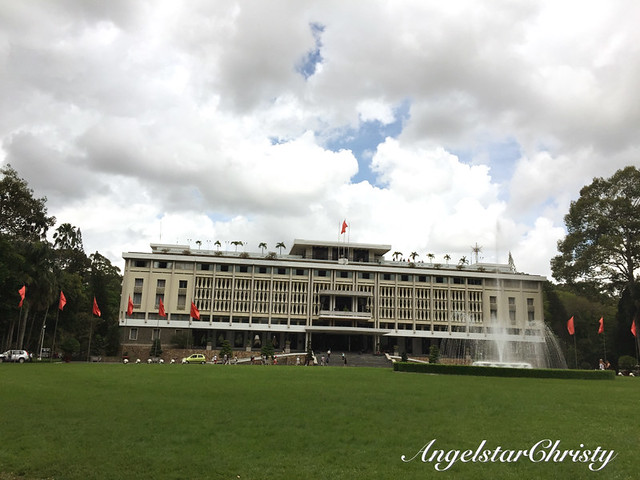
The name itself says it all; it is the symbol of independence and of reunification of both the North and South as they come together as a nation.
To add to the identity of this place, it was also formerly the site of the Norodom Palace (named after Norodom, the King of Cambodia, who ruled from 1834-1904) during the French occupation period.
It was in fact constructed by the French themselves and home to the most of the French Governor-Generals (from Cochinchina; 1871-1887 to Indochina; 1887-1945).
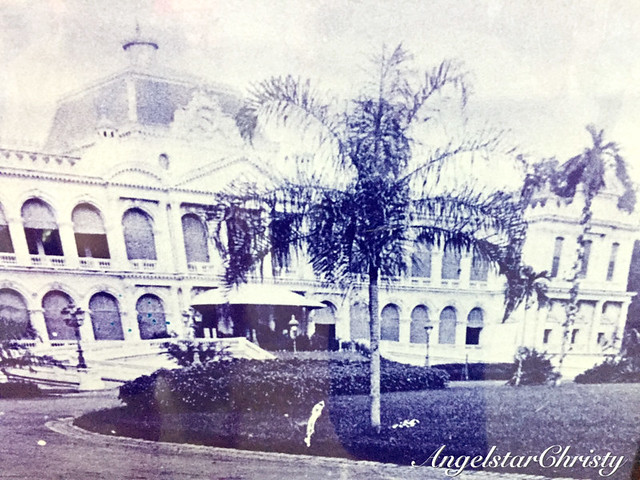
Little was known as to the reason behind the naming of the palace after the then King of Cambodia; perhaps due to his rule during the period and also his association with the French via the French Protectorate (to strengthen the French's position in Cambodia).
Norodom was also renowned for his wit and effort in keeping Cambodia from being usurped by their two far more powerful neighbors at the time; Vietnam and Siam, and from Cambodia disappearing altogether.
There are just so many names that is associated with this palace, and it even has one associated with fengshui; based on the location where it is on, which is said to be the spot where the dragon's head rested, hence the name Dragon's Head Palace was also associated to the palace.
This is a prominent landmark in Ho Chi Minh City (Saigon), or even Vietnam in general, not to mention symbolic to the nation's identity on the whole.
There is much to story of this building, which stands in its dated facade, weary and downcast, yet defending the glory of her former past in full stealth.
The building has seen much of the significant events and also experienced the change of hands in dramatic turns throughout the years.
It is the rich history of the place, that makes it apt to stand as a symbol and offers that glimpse into the past to the present day Vietnam.
The story is well-hidden inside the palace itself, and its presence is the clue to the historic past of this southern part of Vietnam.
History and the Former Residents of the Independence Palace

French Occupation
The French came to Vietnam; in 1858, and Da Nang marks their first territorial invasion.
Over the following nine years (less than a decade), the French had completed their acquisition of the entire Southern Vietnam and formed the new colony of Cochinchina.
This conquest included the areas of Bien Hoa, Gia Dinh, Dinh Tuong, Vinh Long, An Giang and Ha Tien, which were all succeeded by the French forces in 1867.
To commemorate the occasion and also in their effort of combining these newly acquired areas under one administration, a new palace was ordered for construction by Lagrandiere, Governor of Cochinchina, to replace an older wooden palace which was built in 1863.
Designed by Charles Hermite (also architect of Hong Kong City Hall), the building covered an entire area of 12 hectares with most of the building materials being imported from France and was only completed in the year 1873, due to the interruption from the Franco-Prussion War in 1870 which caused the fallback in the original completion schedule.
Completed in 1873, the palace was named as the Norodom Palace, with the avenue in front of it bearing the same name, in reference to the King of Cambodia (Norodom).
However, unofficially, it was also known as the Governor's Palace, due to the use of the place by the French Governor-Generals as both their residence and office; from 1871-1945.
Japanese and World War II
The French were ousted by the Japanese forces in March 1945, during the World War II time and the palace turned into the Japanese colonial office following their settlement in South Vietnam.
However, the Japanese reign and tenure in the palace were short-lived (only six months), as they surrendered to the Allied Forces in September that same year following their defeat, which marked the return of the French to Vietnam and to this very palace.
State of Vietnam/Republic of Vietnam
The French enjoyed a good nine years following their return in the palace, until they were defeated by the Viet Minh in the Battle of Dien Bien Phu in 1954.
(The Viet Minhs were from the communists of North Vietnam)
Their defeat led to their surrender and retreat from Vietnam, marked by the Geneva Accords which states that Vietnam will be divided in its ruling, pending the general elections.
North and South Vietnam are governed then, by the Viet Minh (communists) and the State of Vietnam (anti-communist) respectively.
That same year, in September 1954, the Prime Minister of the State of Vietnam, Ngo Dinh Diem, was made the new owner of the Norodom Palace following the handover by the French General, Paul Ely who represented the French at the time.
Emperor Bao Dai (the last emperor of the Nguyen Dynasty) was abdicated by Ngo Dinh Diem, the following year (1955), in a referendum vote as the Chief of State of the State of Vietnam, and he was succeeded by Ngo, who then declared himself the President of the newly formed Republic of Vietnam.
He renamed the Norodom Palace to Independence Palace, to mark the independent status as the republic achieved and also free of monarchy reign.
It was also during this time that Ngo, who greatly believed in fengshui, that the palace was also known as Dragon's Head Palace, based on the fact that the location of the palace was said to be on the resting place of the dragon's head itself.
Independence Palace was in its original state until an assassination attempt in February 1962, by two Vietnam Air Force's pilots (supposed to be serving Ngo Dinh Diem), who detoured from their intended destination against the Viet Cong towards the palace, in an act of rebellion, in their A-1 Skyraider planes, to bomb the palace.
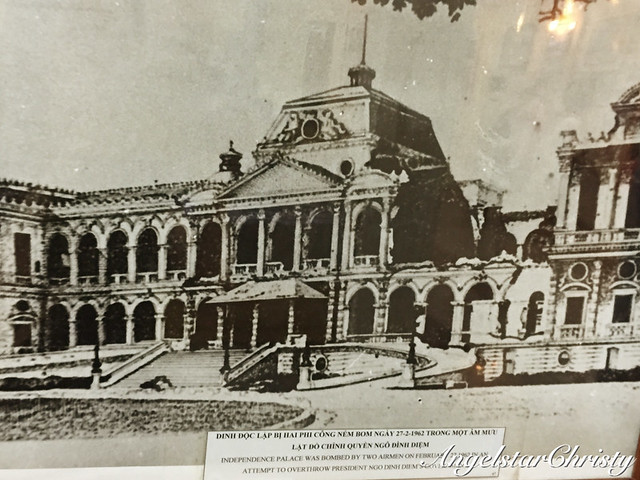

The assassination left Ngo and his family unharmed, but it destroyed the entire left wing of the palace, leaving it beyond reconstruction.
This led to the call for the building of a new palace, instructed by Ngo Dinh Diem, and the new palace (as it is in the present) is designed by a local Vietnamese architect, Ngo Viet Thu (a young promising architect with a bright future as he was honored with the highest recognition in the Beaux-Arts School in Paris, with the First Grand Prize of Rome (Grand Prix de Rome) for his designs).
Sadly, Ngo Dinh Diem did not see the completion of the palace he ordered for in 1962, for he and his brother, Ngo Dinh Nhu, who also served as his chief advisor, were seized in a coup d'etat in November the following year (1963), in both they were both killed; by the General Du'rong Van Minh.
It was General Nguyen Van Thieu, the military junta and the Chairman of the Leadership Committee who officiated the completed palace four years later, in the year 1966, on the 31st of October.
This was the home to the General from 1967-1975, when he was forced to flee the attacking North Vietnamese forces trooping into the South, in the Ho Chi Minh campaign, during the period of the Vietnam War.
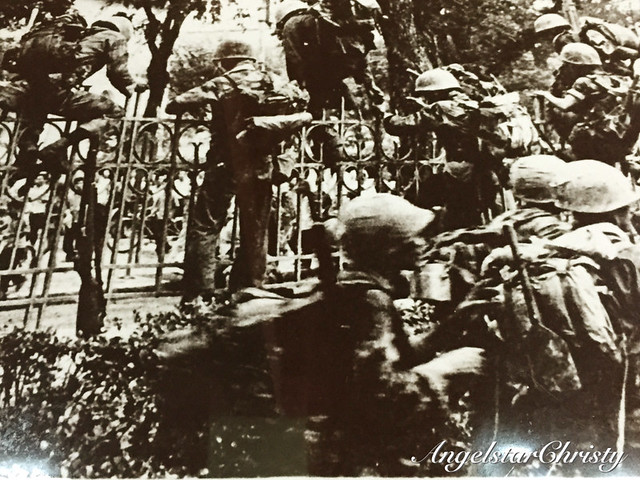
Though there were attempts to bomb the palace by the North Vietnamese communist pilots spies who flew undetected over the palace in early April, it was to no avail.
It was the North Vietnamese Army tank which rammed into the tall gates guarding the palace on the 30th of April 1975, which finally ended the Vietnam War, in the famous event marking the Fall of Saigon in the significance of this attack.
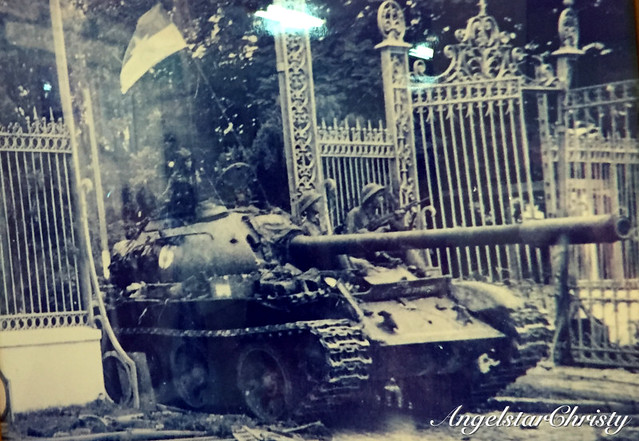
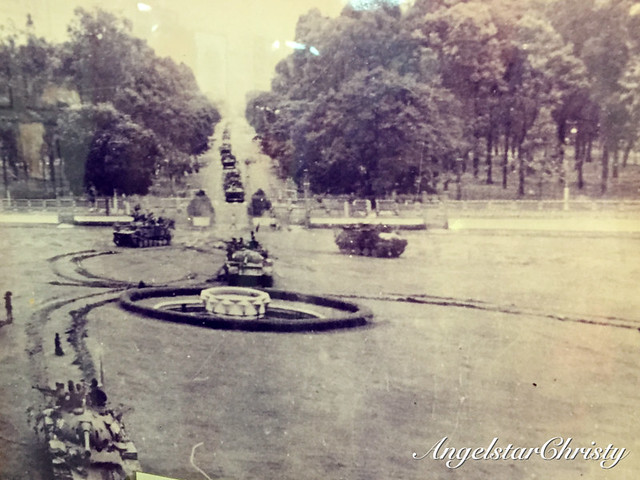
Present Day: Reunification/Independence Palace
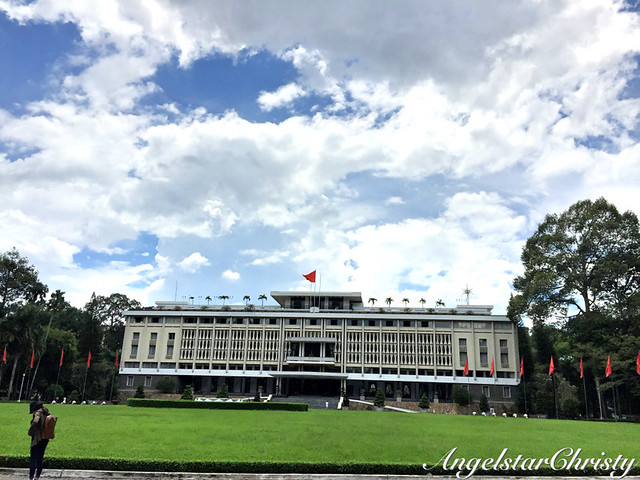
This was the home to the Governor Generals, Presidents, rulers and also the target of many attacks in an attempt of overthrowing those in power.
Many secret plans and military movements were conceived on this very ground; and underground, for that matter.
There were underground bases and hiding vaults in which the residents could escape and plan their defenses.
There are many floors in the Independence/Reunification Palace, and I find the most fascinating part lies in the lower grounds, or rather the basement which housed the bunkers.
The many halls within the palace; used for the official events or even personal activities, though mostly were for work-related.
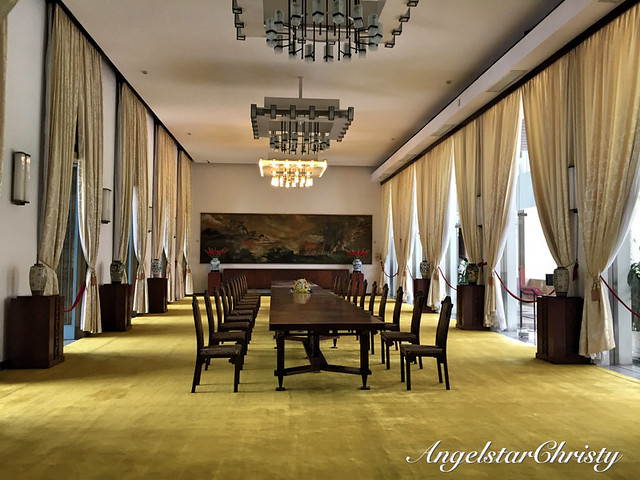
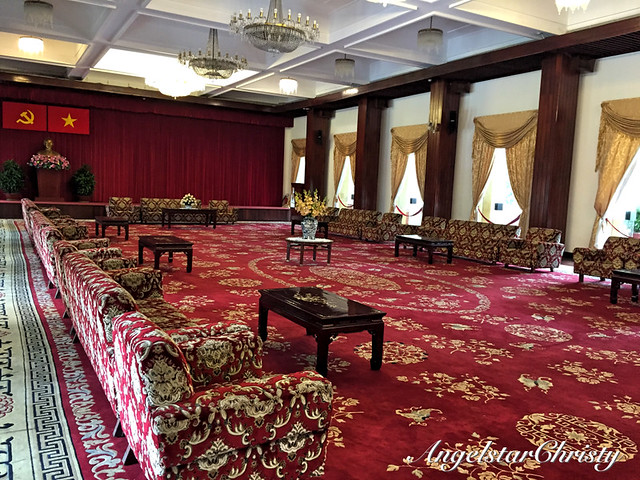
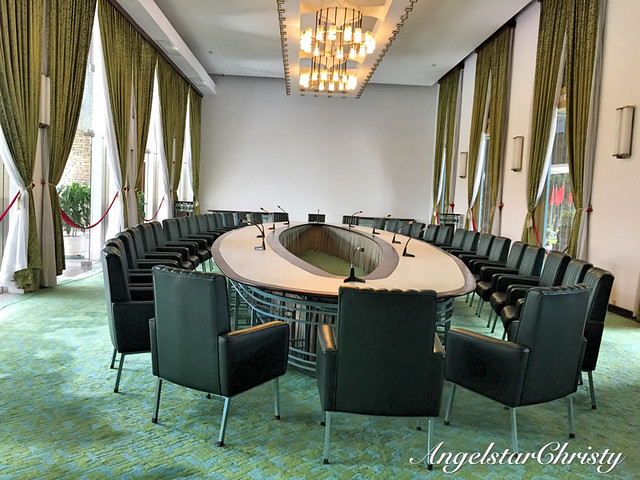
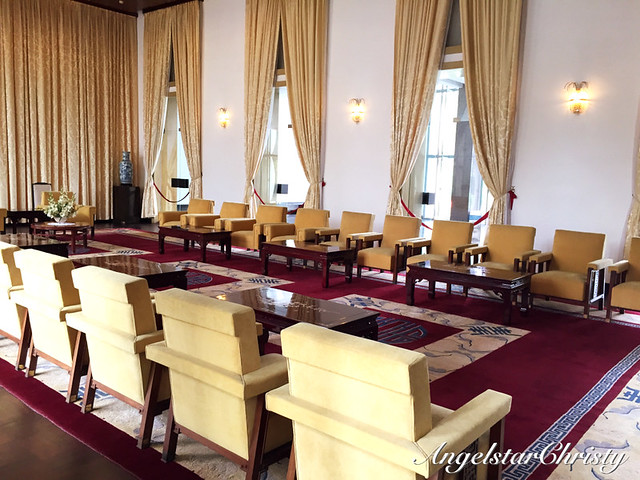
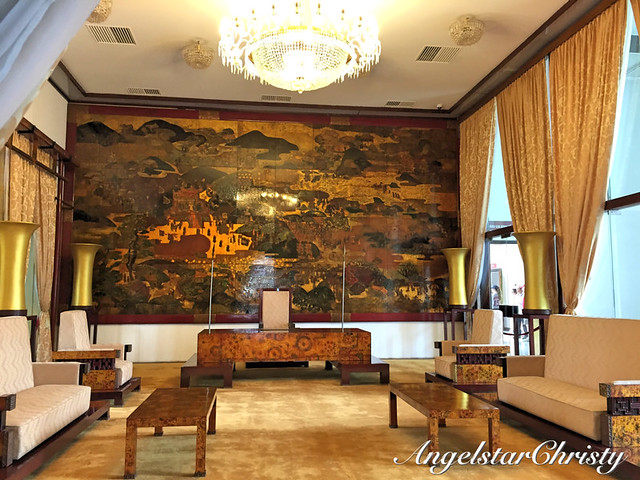
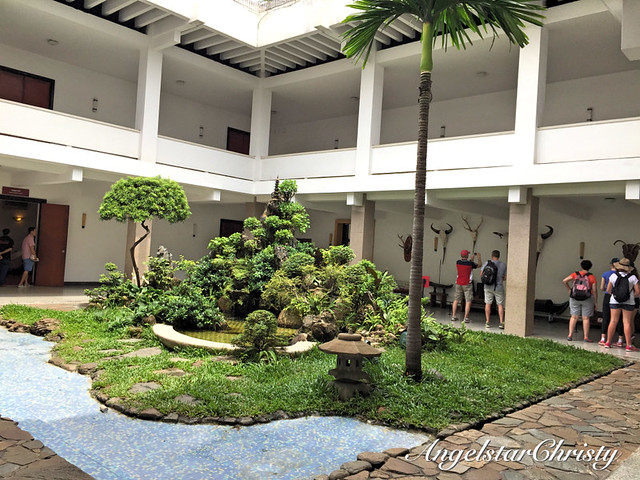


The First Lady's Reception Room for her Guests, marked by the symbolic lily; symbol of grace.


Underground; where all the strategic planning takes place.
They were well-equipped; with the technology available in the past, all well-preserved.






This is the place which marks the invasion of foreign force (French, Japanese), the place where South and North were divided and finally, united as one nation.
It is truly the symbol, of independence, of reunification and most of all the Identity of Vietnam in representation.
If the War Remnants Museum or other historical places offered the passage to Vietnam's past, then this place; the Reunification Palace, or Independence Palace (as known to the local Vietnamese) is that window to not just the past, but also the very monument of Vietnam's present.
Vietnam is a whole nation; North and South, as a family and the Reunification Palace marks the symbolic event and in representation as well.
The two infamous tankers which barged through the palace's gates and ended the Vietnam War in 1975 (30th April)




This is the important landmark in Vietnam's history leading to present day Vietnam as the world knows it, and should be on everyone's list.

It is no wonder this is one of the most renowned and tops the list of the places to visit in Vietnam, located in District 1, in Ho Chi Minh City (formerly Saigon).

This is the place for the past, present and perhaps that passage to the future of Vietnam as well, all in that identity represented by the stellar and ominous presence of this palace, standing solemnly in its dated front as it defends it former glory and concealing the many secrets of the nation.

Frozen in time, preserving the stories for many to know and learn for a better future ahead.
This is the picture of Vietnam and who she is Today.

The Many Names:
1. Norodom Palace
2. Independence Palace (Dinh Độc Lập)
3. Reunification Palace (Dinh Thống Nhất)
4. Dragon's Head Palace
Address:
135 Nam Kỳ Khởi Nghĩa, Bến Thành, Quận 1, Hồ Chí Minh, Vietnam
Refer to Official Website here for the Opening Hours and Entrance Fees
Opening Hours: 7.30am-11am(Closed for Lunch), 1.00-4.00pm
Entrance Fees: 20,000-30,000 VND (Adults)
*The importance of this palace to the history of Vietnam made me pause as I was caught in the time passage seemingly frozen in this place, and its interesting background.
I was deciding between this and the War Remnants Museum to start on my Vietnam posts, as both are just equally significant to Vietnam's story.
You do not have to agree with me.
This is based on my personal experience and is told in a subjective manner from my perspective based on my visit.
Photo Credits:
Most of the photos depicting the historic events which took place are taken directly from the photograph exhibits on the walls of the museum by the then photo reporters/journalists and renowned professionals on their assignment.
They do not belong to me.
They are for illustration purposes for the basis of the article.









0 comments